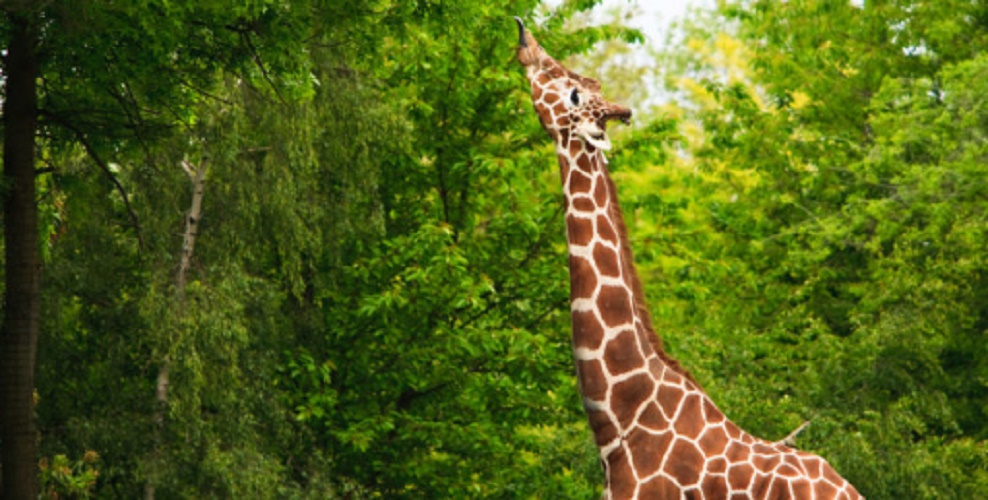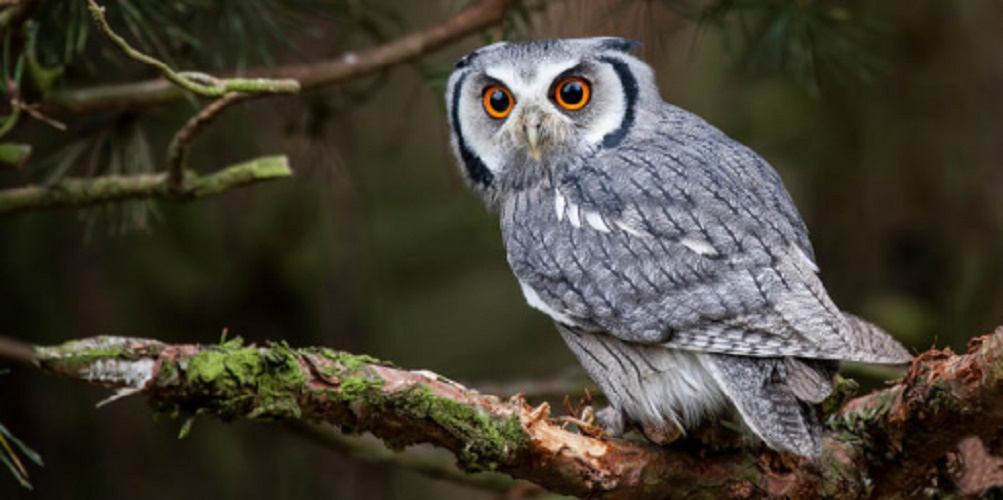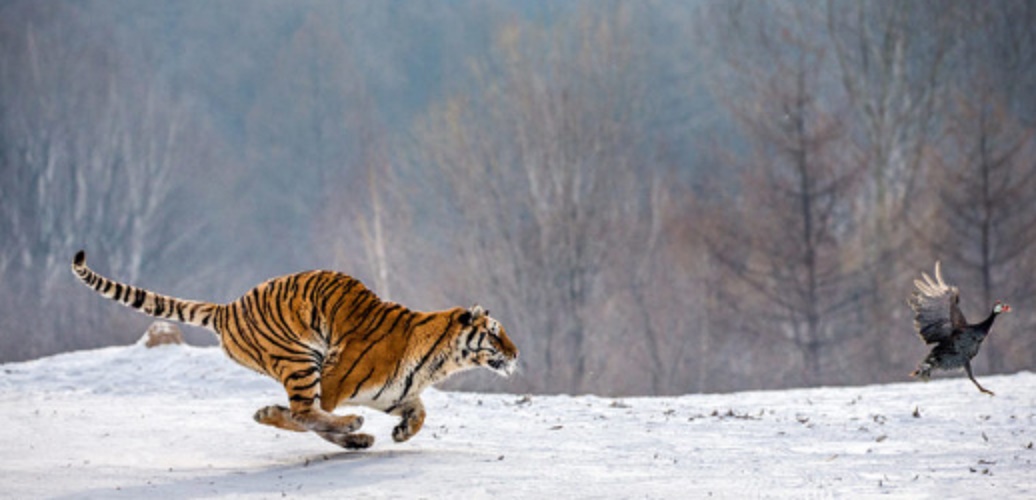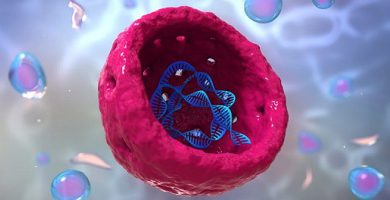What are consumer organizations?
We explain what are the consuming organisms and how they are classified. In addition, some examples of these organisms.
-
What are consumer organizations?
The consuming organisms , also called heterotrophic organisms , are those unable to synthesize their nutrients from inorganic molecules and external energy sources , as do the autotrophs ( photosynthesis , for example). Therefore, consumers must feed (consume) organic matter from other living things , to obtain energy from their digestion and decomposition.
In this way, when studying the trophic relationships of an ecosystem , a distinction can be made between producing organisms (autotrophs, usually plants and / or algae) and consuming organisms, which can be of different types:
- Herbivorous . When they feed on the fibers and by-products of plants and other autotrophic beings.
- Carnivores . When they feed on the body of other animals , they are herbivores or carnivores. According to how they do it, we can talk about:
- Predators . When they hunt other animals to consume their meat, ending their lives to prolong their own.
- Parasites . When they feed on the body of other animals, without killing them, although causing them damage in the process.
- Scavengers . When they feed on the remains of the hunt left by predators.
- Omnivores . When they feed on any type of organic matter, without distinction.
- Detritivorous When they feed on decomposing organic matter, that is, corpses, dejections, the remains of meat, fallen leaves, etc. They are the nature recycling department.
-
Primary consumers

The first step on a trophic ladder is occupied by primary consumers, also called herbivores. They are those that feed on the producing organisms , and they are the first link of consumers in the chain of transmission of matter and energy , since they serve as prey to the first level of predators, often serving as a bridge between the nutrients that the plants, for example, manage to synthesize through photosynthesis, and the rest of the meat-eating animals.
-
Secondary consumers

The first step of predators, that is, of carnivores, is generally composed of animals that feed on animals . In many ecosystems this is the link of small carnivores, or also of omnivorous animals, that feed on everything. These, in turn, serve as a transmission of nutrients and matter to a higher step of predators, which feed on the meat of small predators, as does a larger fish than a medium fish.
-
Tertiary consumers

Tertiary consumers are often the end of the food chain , and they are known as predators, that is, consumers who feed on primary and secondary consumers , and who have a strictly carnivorous diet, keeping their growth at bay populations . In this category are the big African cats, sharks and other particularly voracious animal forms.
-
Quaternary consumers

Depending on the ecosystem, there may be quaternary consumers: creatures that feed on tertiary consumers , and that occupy the final position (the top) of any form of trophic pyramid, that is, final consumers or absolute predators. The human being is among them, since we do not possess any kind of natural predator (except, perhaps, ourselves).
-
Examples of consuming organisms
Some simple examples of consuming organisms are:
- Primary consumers giraffes, rabbits, squirrels, caterpillars, cows, rhinos, goats, herbivorous birds, zooplankton.
- Secondary consumers foxes, spiders, praying mantises, opossums, seals and small snake hunters.
- Tertiary consumers Anaconda snakes, hawks, owls, killer whales, wild dogs.
- Quaternary consumers. polar bears, lions, eagles, tigers, sharks, crocodiles, humans.




